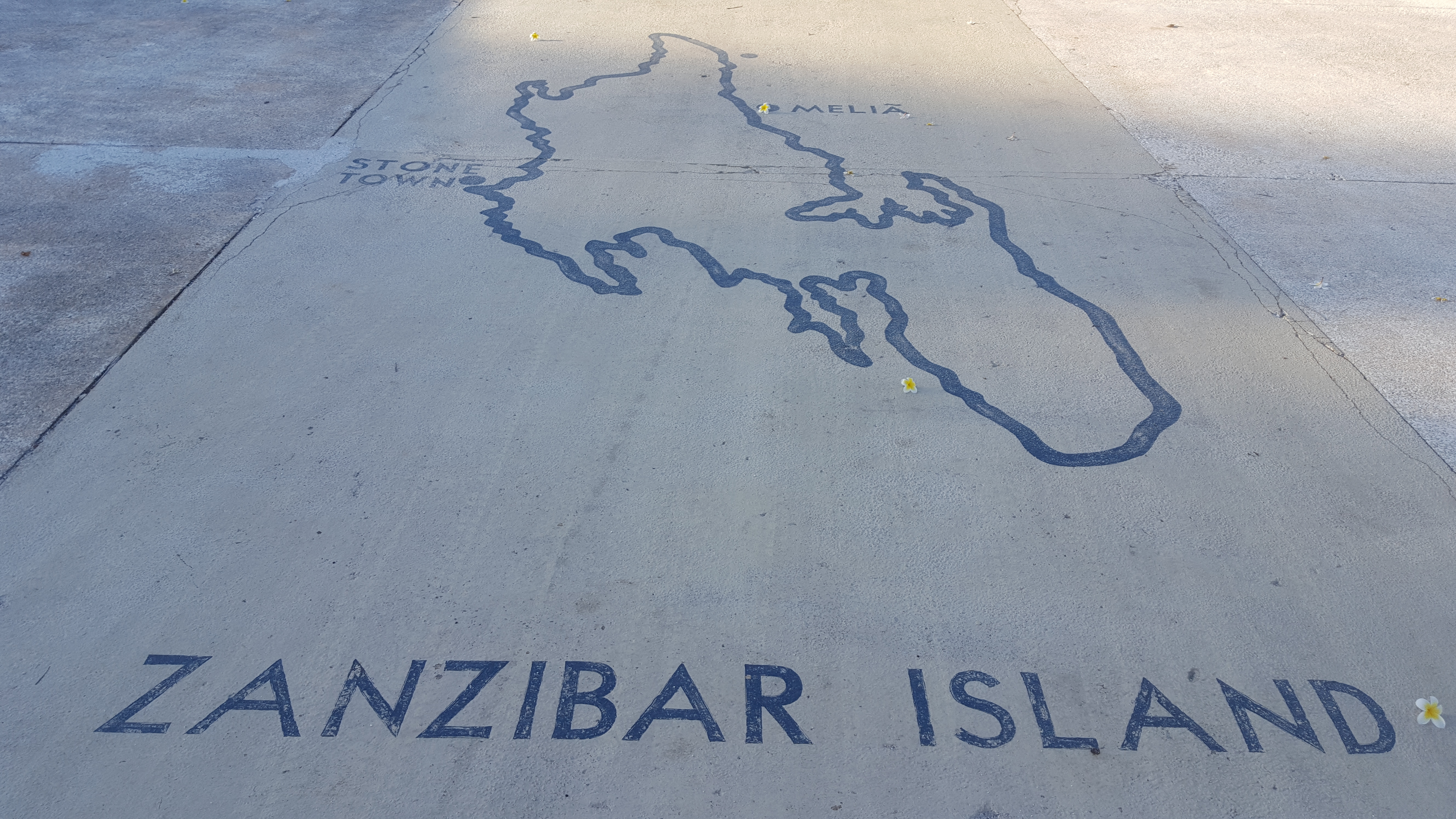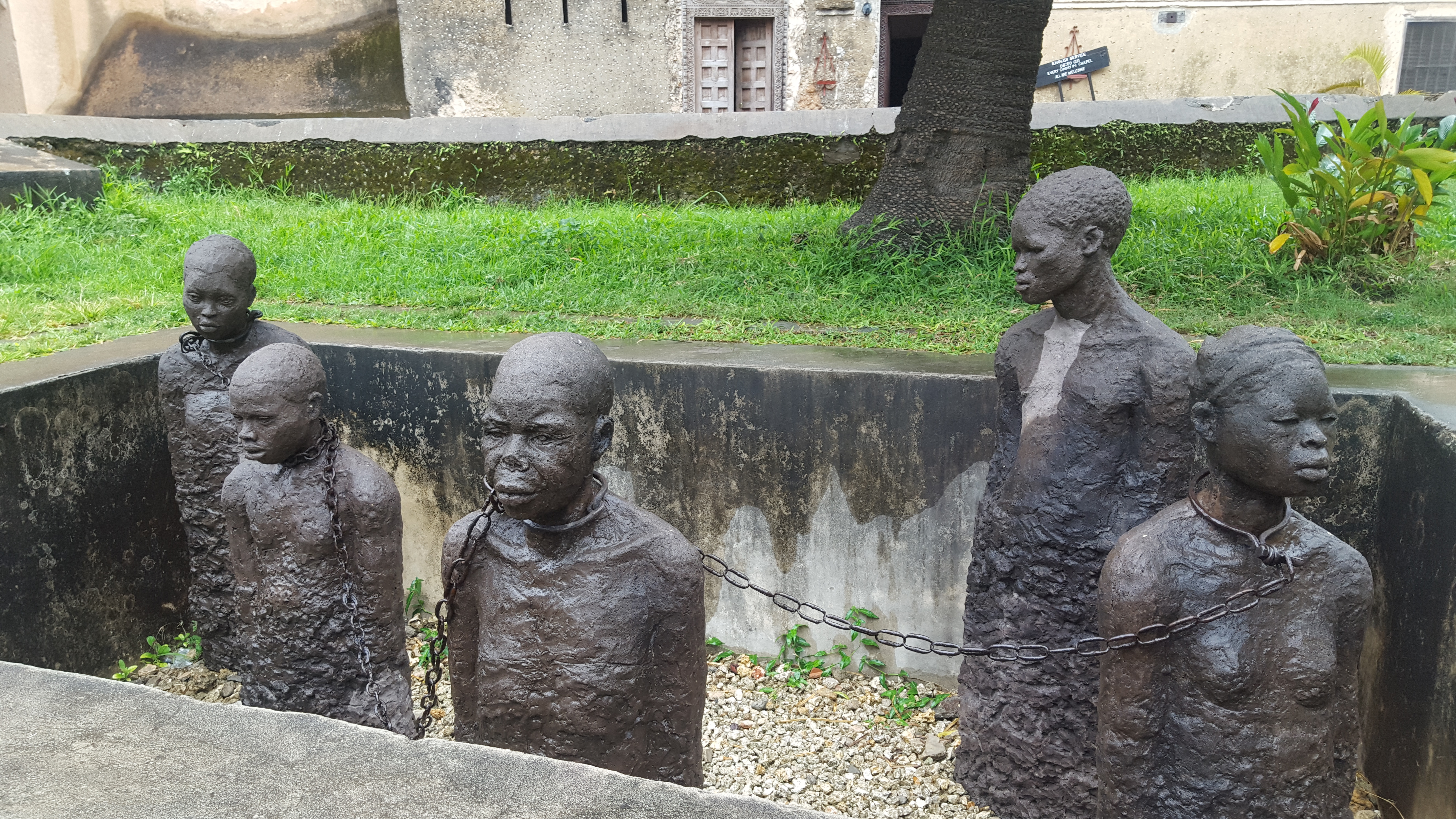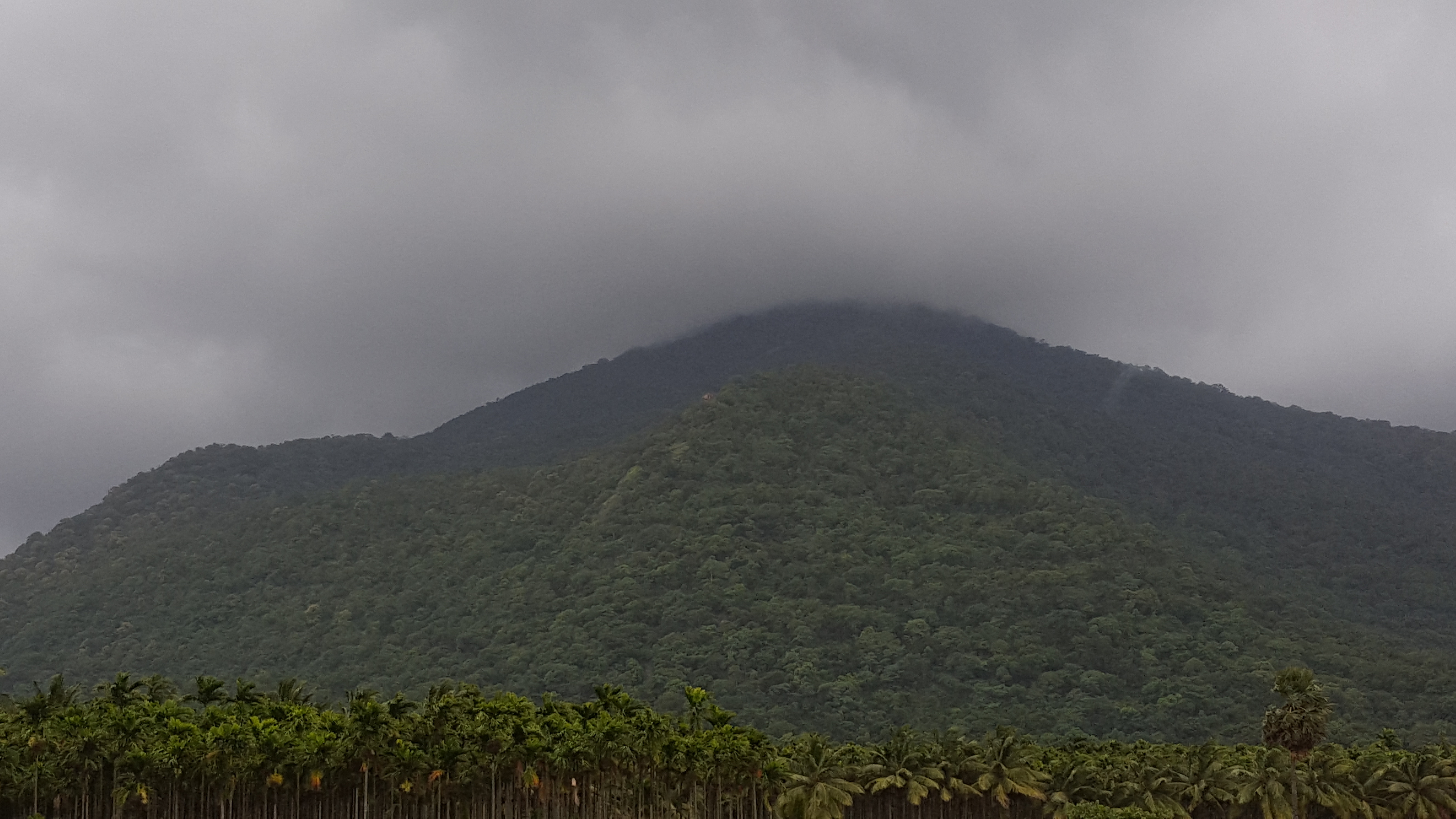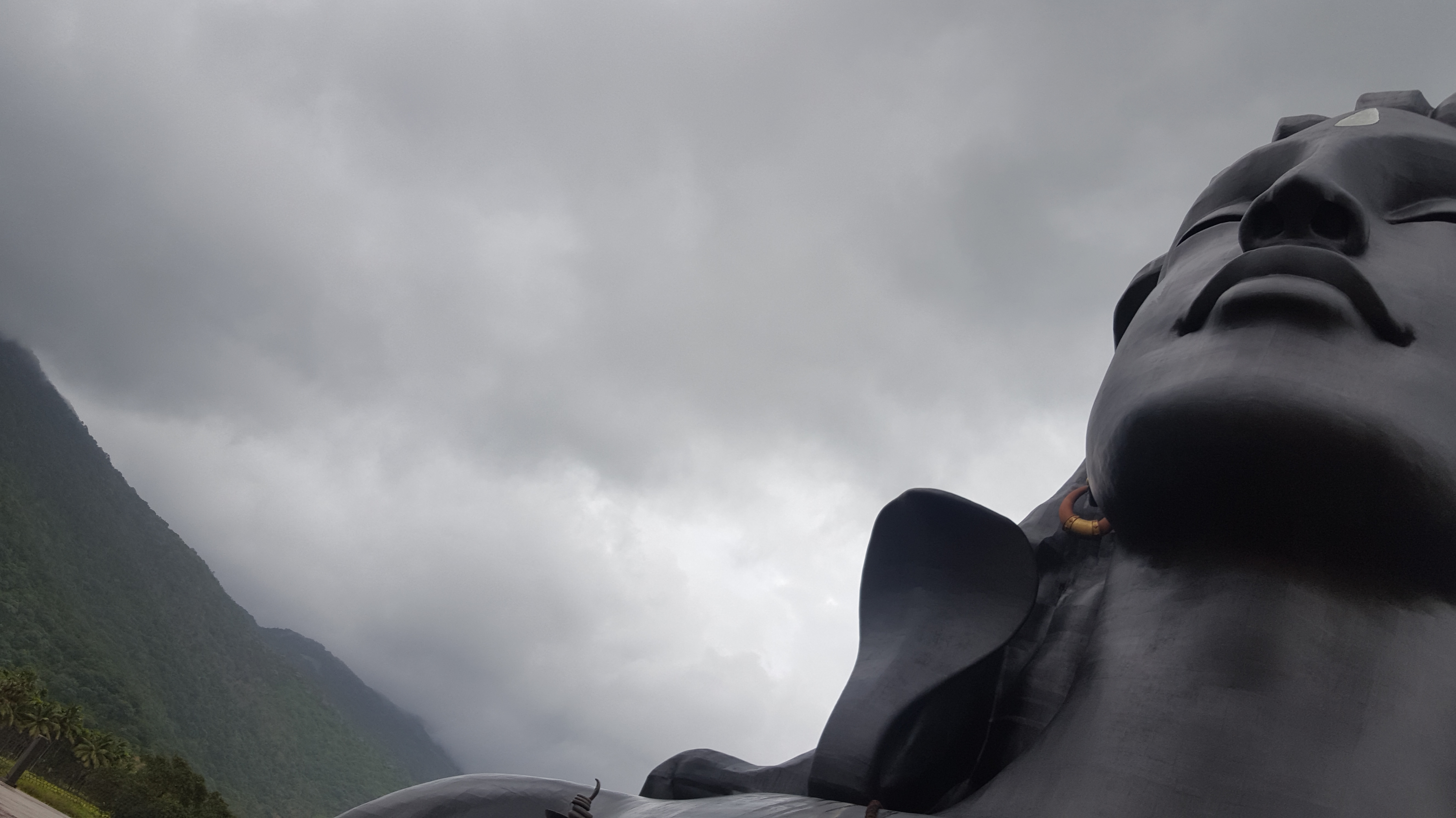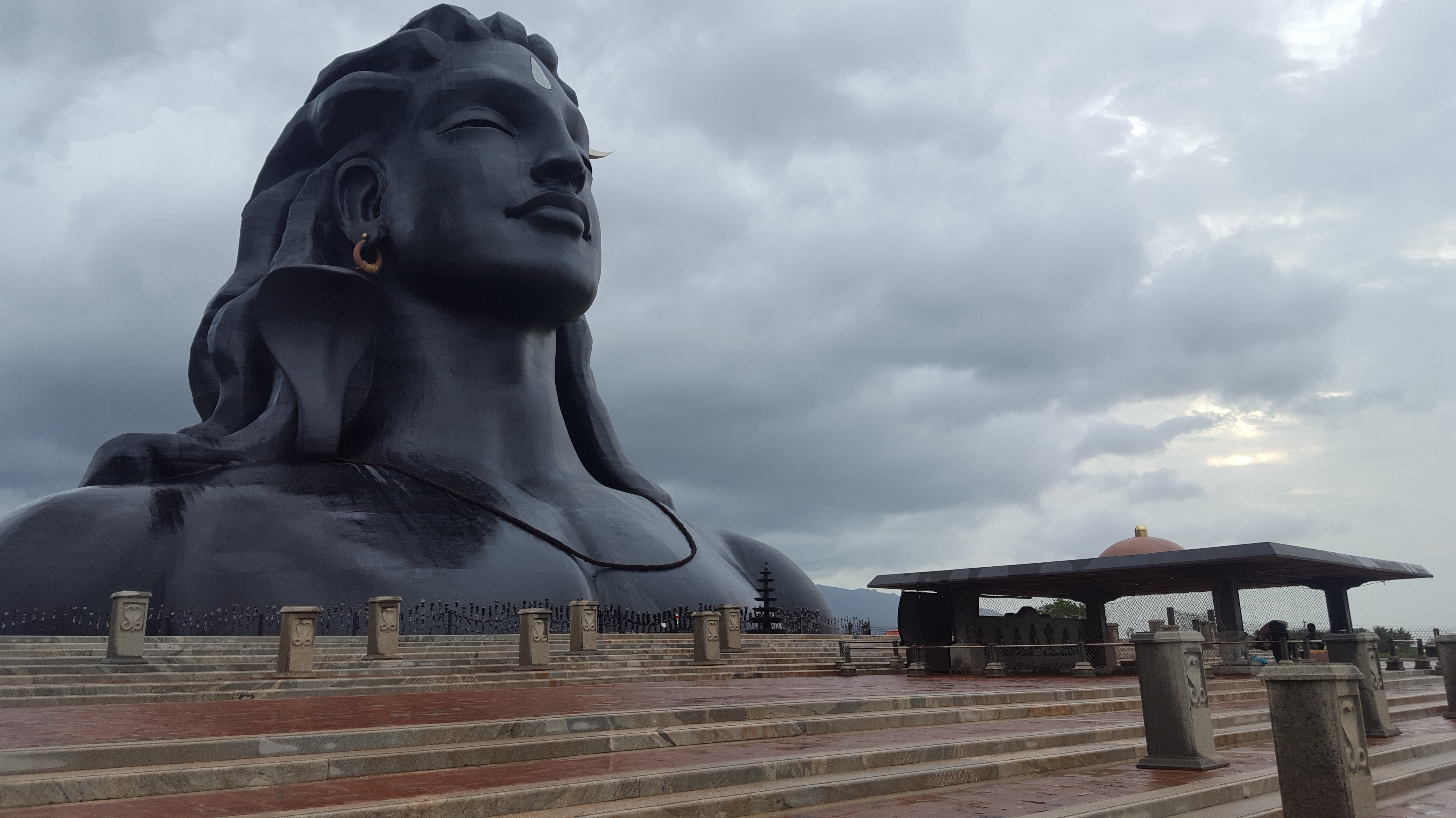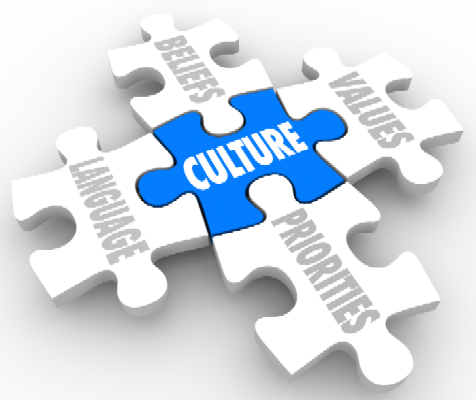
Life hands us surprises. But sometimes, when the surprise is unpleasant and comes as a reward for your act of kindness, it is difficult not to crumble.
Last week, a well dressed, neat looking woman in her thirties walked into my office. She sat poised, waiting for me to start. But as soon as I greeted her, she burst into tears. With great difficulty she reined her tears in and apologized. She introduced herself as a teacher Mrs.X, and said that she was not given to emotional excesses like this. “But how my life has changed!…” she rued. “In a matter of two months!”.
When I asked her to elaborate, hers turned out be a story similar to what has been in the papers in the past few months. X explained that her husband had recently inherited a piece of land from his grandmother, in his native village. The couple were naturally happy, but also scared of the land mafia. Hence, they took along their broker and an engineer and went to check on the plot. As it was quite a long way from their town, they packed along a picnic lunch to eat.
The land seemed beautiful, lush and green. Plans were made to build a vacation home and have a small farm, which they could visit on weekends. Once the decisions were done and dusted, they sat down to eat near the edge of the plot. They noticed a group of village children gaping at their car and talking excitedly. In a feeling of joie de vivre, they handed out some chaklis to them, which the kids accepted and ran back.
The four of them were just packing up to leave when they noticed a bunch of angry looking villagers walking towards them. Before they realised what was happening, the kids pointed out to them, and they were getting beaten up with sticks and stones.
“It was a horrifying experience”, she shuddered. “I thought we were going to die. No amount of begging and pleading helped”. Their car was beaten to pulp. Luckily for them, the car still worked, and they got away before they were killed. They later realized that the villagers had been warned of kidnappers through a whatsapp video, and the ill fated chaklis had been misconstrued as bait for the kids!
Ever since, X had been having nightmares, flashbacks, palpitations and an inability to concentrate on her work. She would suddenly burst into tears and start trembling in the middle of her class. Any loud noise would make her want to run for cover. All in all, “My life is in ruins for the kindness that I showed”, she cried.
Never in our seemingly civilized life do we assume that something hooliganistic can happen to us. Or that we may resort to violence to resolve an issue.We feel that we have left our cave man behavior behind and moved on to safer shores. But is there an animal lurking within?
The villagers probably were not all violent people with criminal motives. There were parents, women, and kids in the group. So, what was it, that pushed these people over the edge of reason?
Social scientists describe such behavior as “crowd behavior” , now also popularly called “mob mentality”. Gustav Le Bon, one of the theorists who studied mobs, explains that when an incident starts a riot, the mob gets a life of its own. Deep seated resentments, frustrations about other issues and long standing disappointments about life can get a release through hitting, throwing, pushing and looting. Sometimes lynching too. Being in a mob provides cover and a sense of anonymity which makes it easier to display bad behavior. Basically a mass adult temper tantrum of sorts. Like when you are angry about lots of homework, your annoying sibling, bad food at lunch and a fight with your best friend, which all erupts into one big ball of rage as soon as your mother as much as refuses to give you a chocolate!
The members of the group are also reasonably sure that they will not be penalised for it, for how do you know whom to start with and where to stop? There is a release of subconscious pent up energy and frustration. All in all, apparently, there is a feeling of being in a trance.
In an incident which occurred in 2001, a 26 year old woman who was standing on the bridge contemplating suicide was driven to her death by a group of onlookers who kept yelling at her to “Jump, b***h, jump”. Which she did. Later, some on them who had been in the crowd, expressed that they felt terrible about their part in the tragedy and that they did not know what came over them.
Such is the power of the group. Surprisingly, there are so many instances in our lives where we unconsciously follow this very mentality that has the potential to shove us into the realm of violence. Starting from harmless parent teacher meetings, where I see a surge of complaints popping up as soon as one boisterous parent decides to voice out his problem loudly. The other parents surge up in protest as if new power is handed to them! Or the social media trolling which is gaining momentum. So, though we may not be beating or hitting, we seem to be at serious danger of landing there with the slightest push.
As a mental health professional, I was wondering whether it was better to treat the perpetrator or only handle the victims?
Surprisingly, it apparently takes very little to defuse a crowd. Start fast, observe when trouble is brewing, look for the leader, call out people by their names and draw them out for a one to one talk. Sounds easy, but then, it looks like there should be a counselor placed in all police units! A mob defusing squad like a bomb defusing one!
Jokes apart, as sensible people, we should at least start analyzing the messages sent to us on the social media, validate whether what is sent is true and only then, forward it to others. One news report claims that the whatsapp lynchings which happened recently were mainly because of the fact that the consumers of that particular video were villagers, who were new users of social media, and hence ended up believing that everything shown on whatsapp was the gospel truth.
So, though it is utopian to have mob diffusers, it would be a start to have responsible social media users and thinking news consumers so as to prevent the unnecessary deaths or post traumatic stress faced by many, like my patient.








